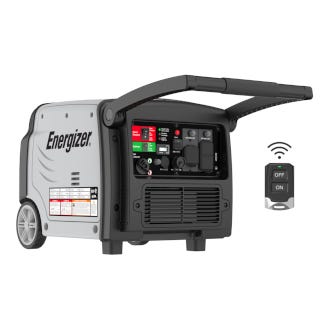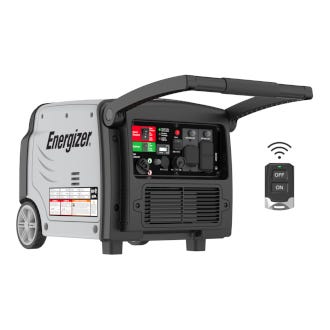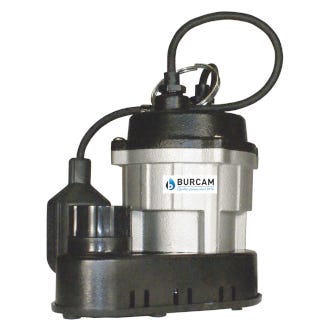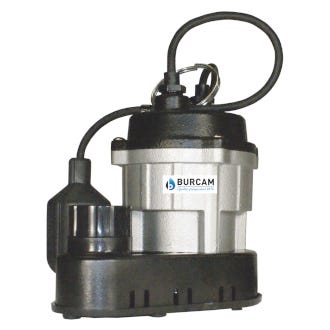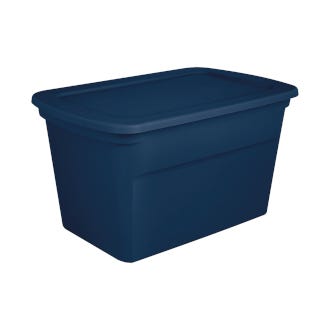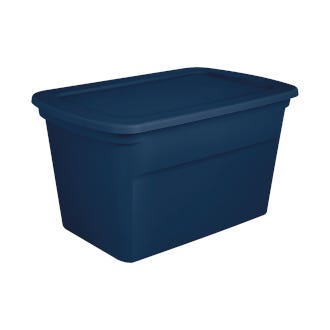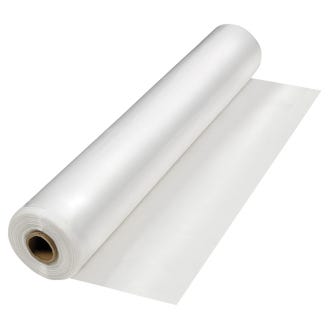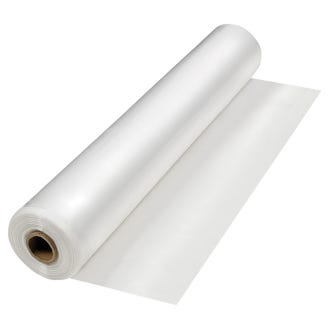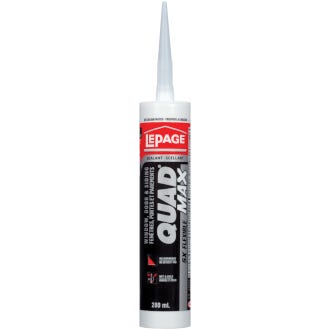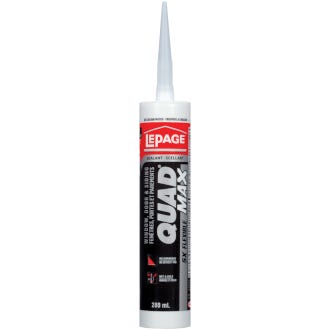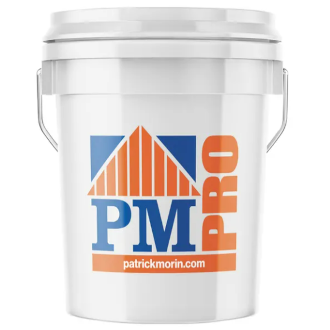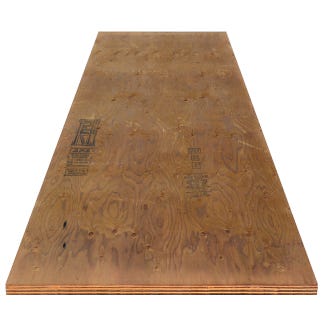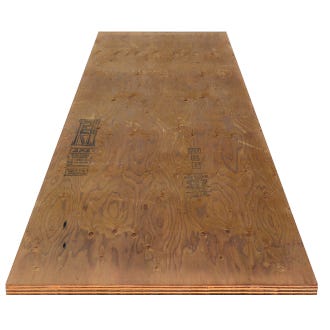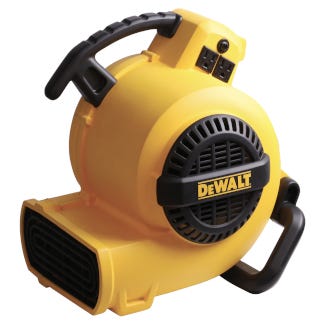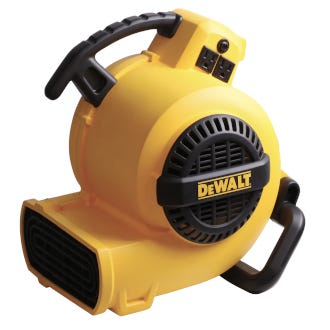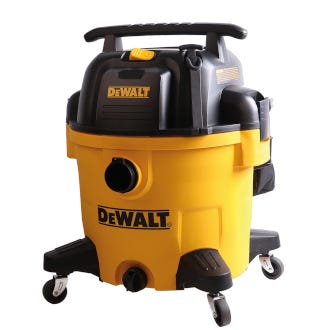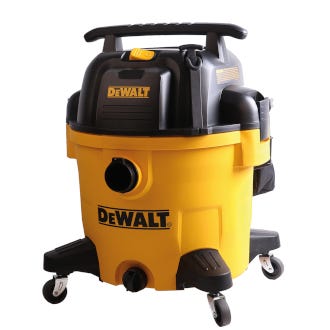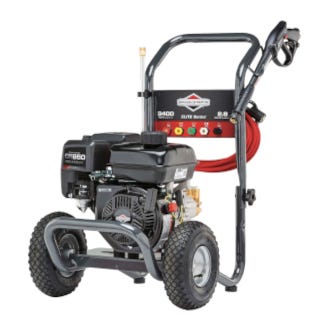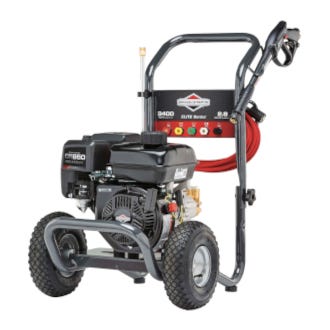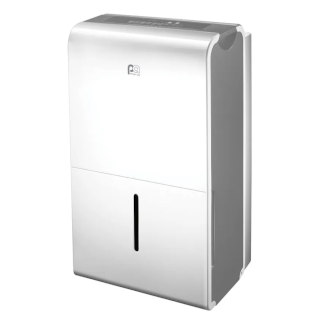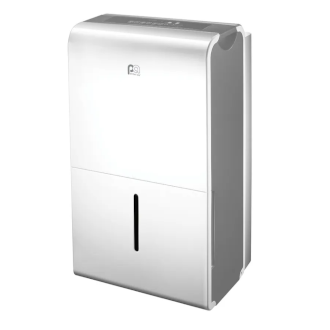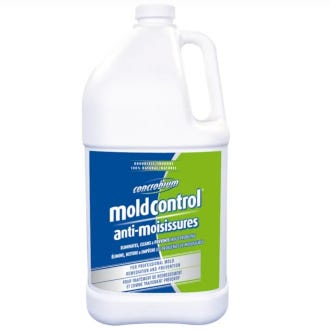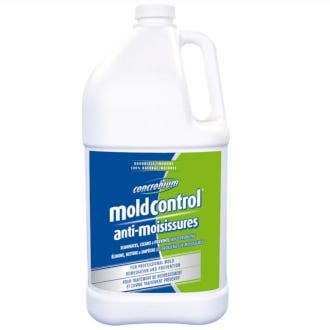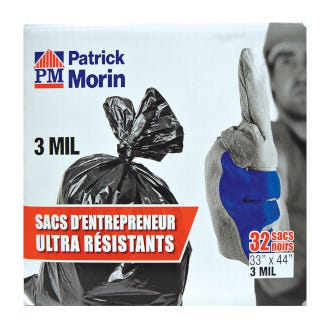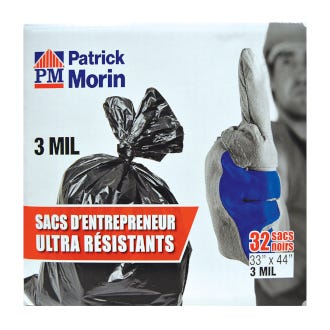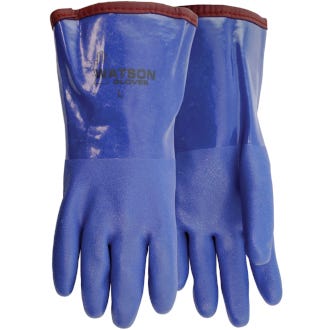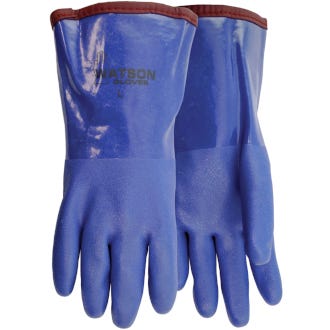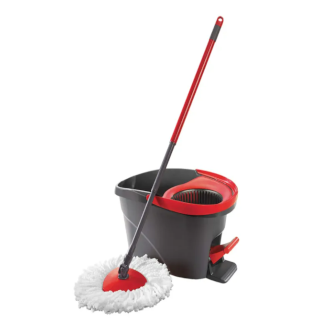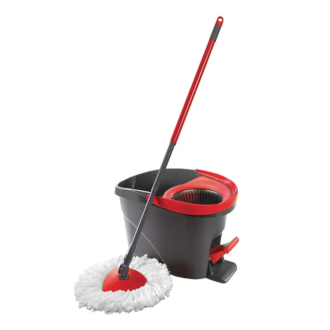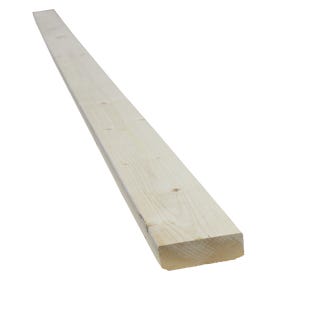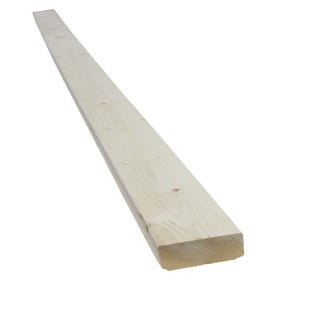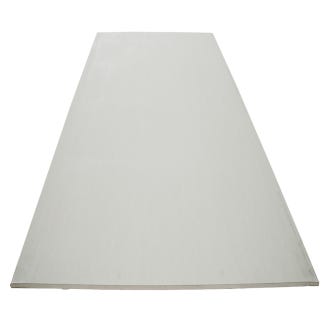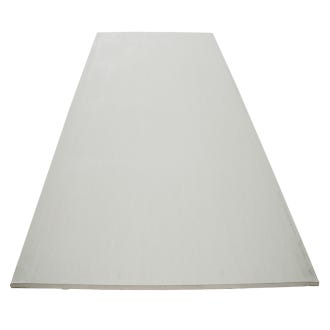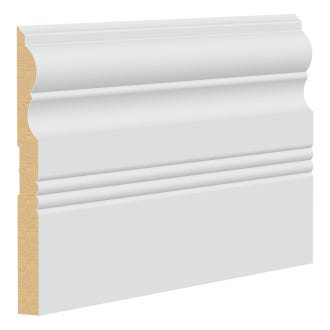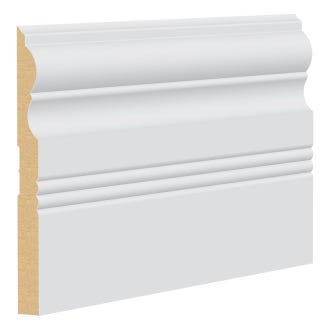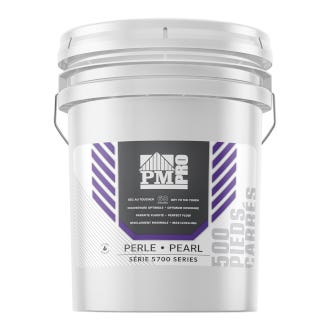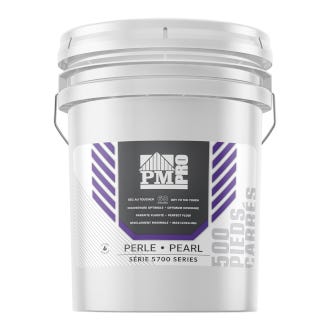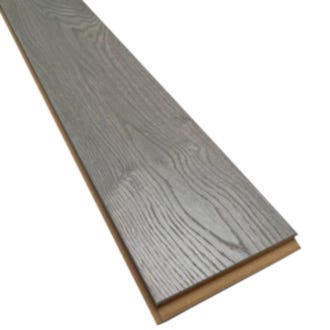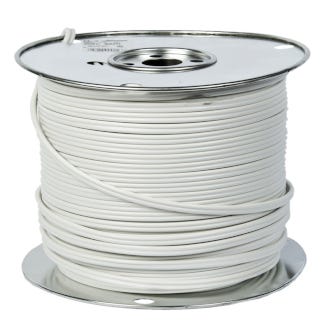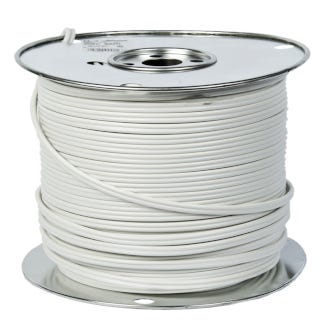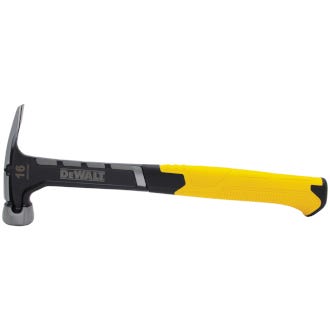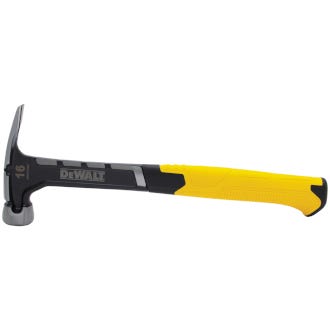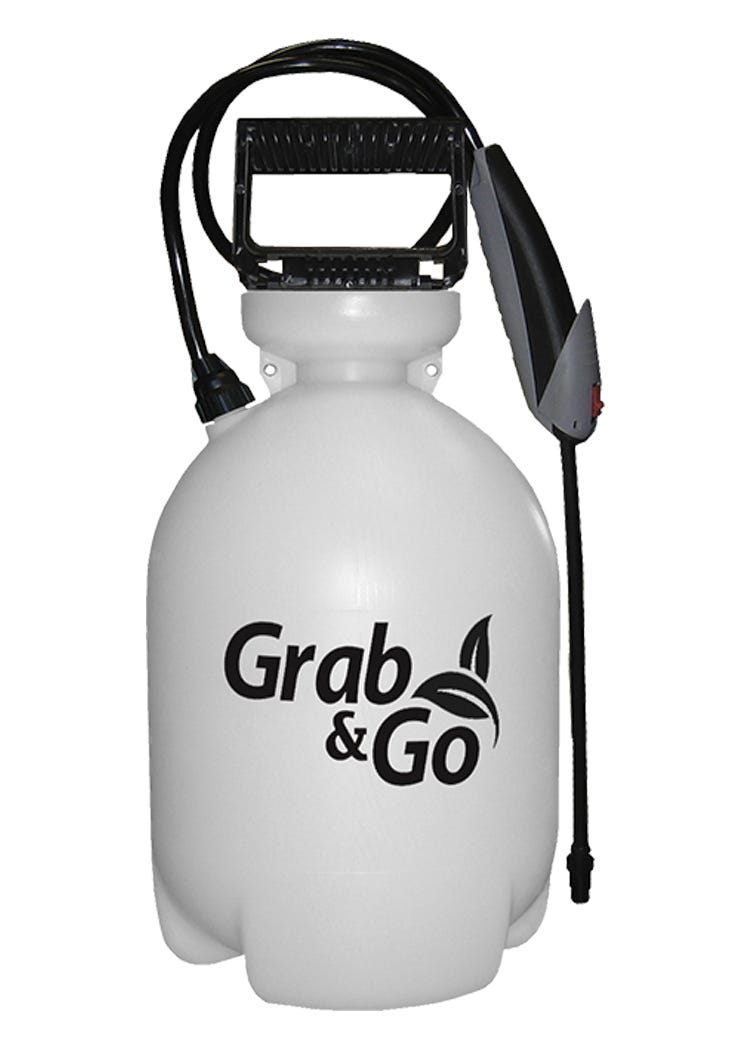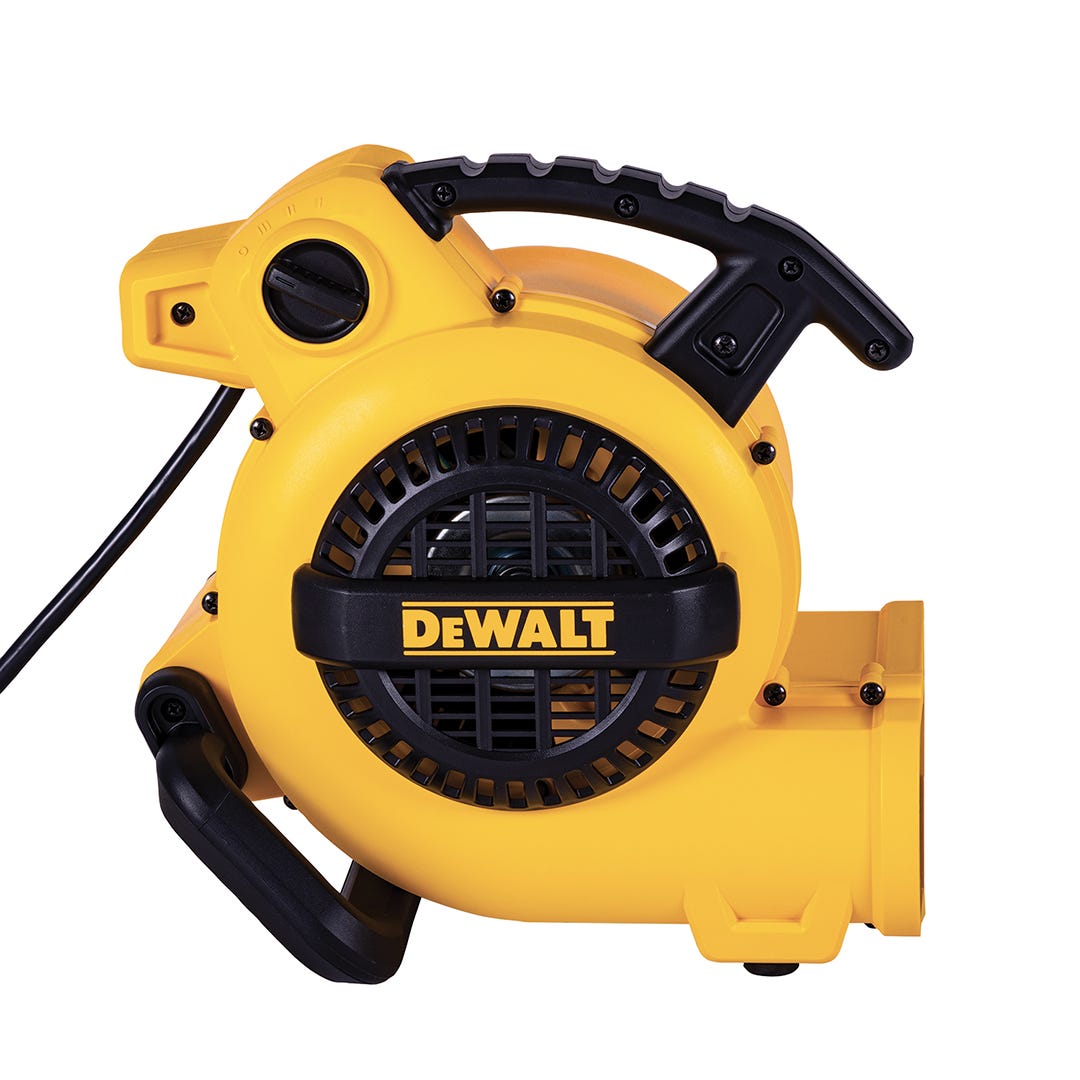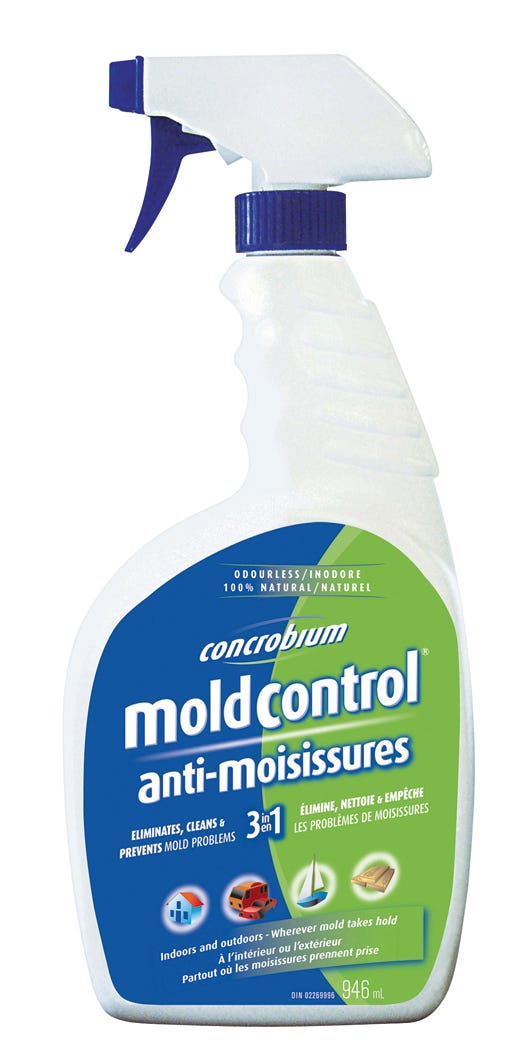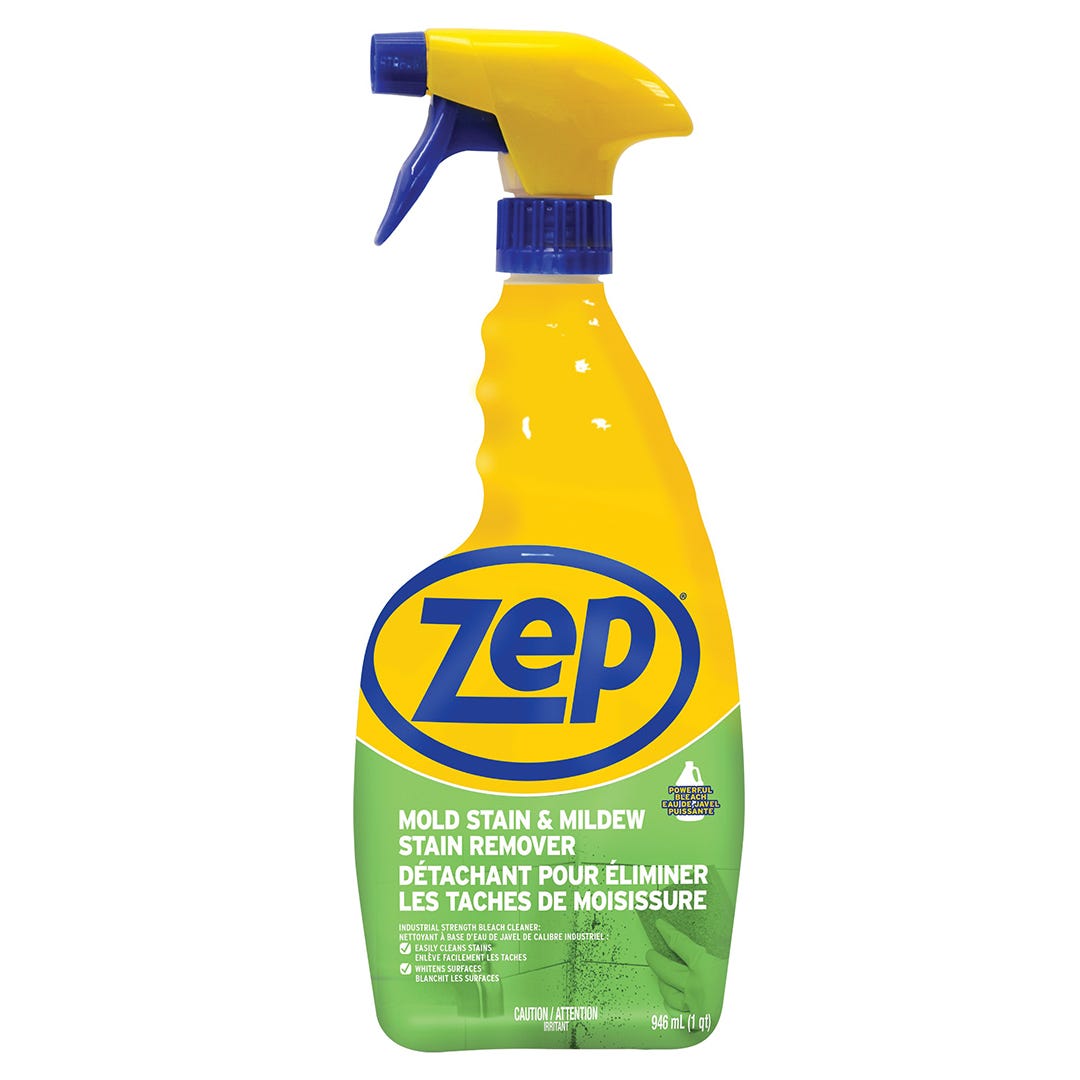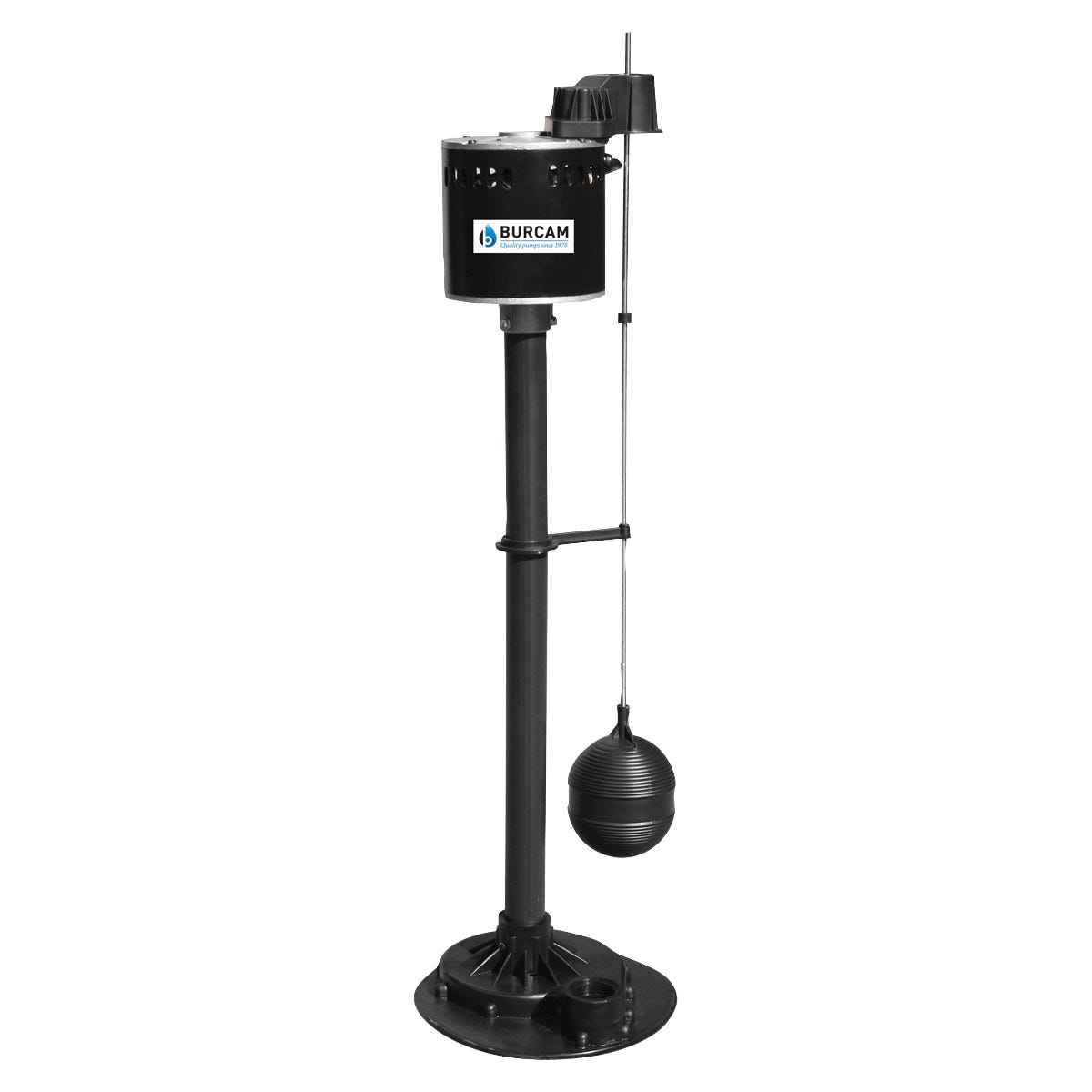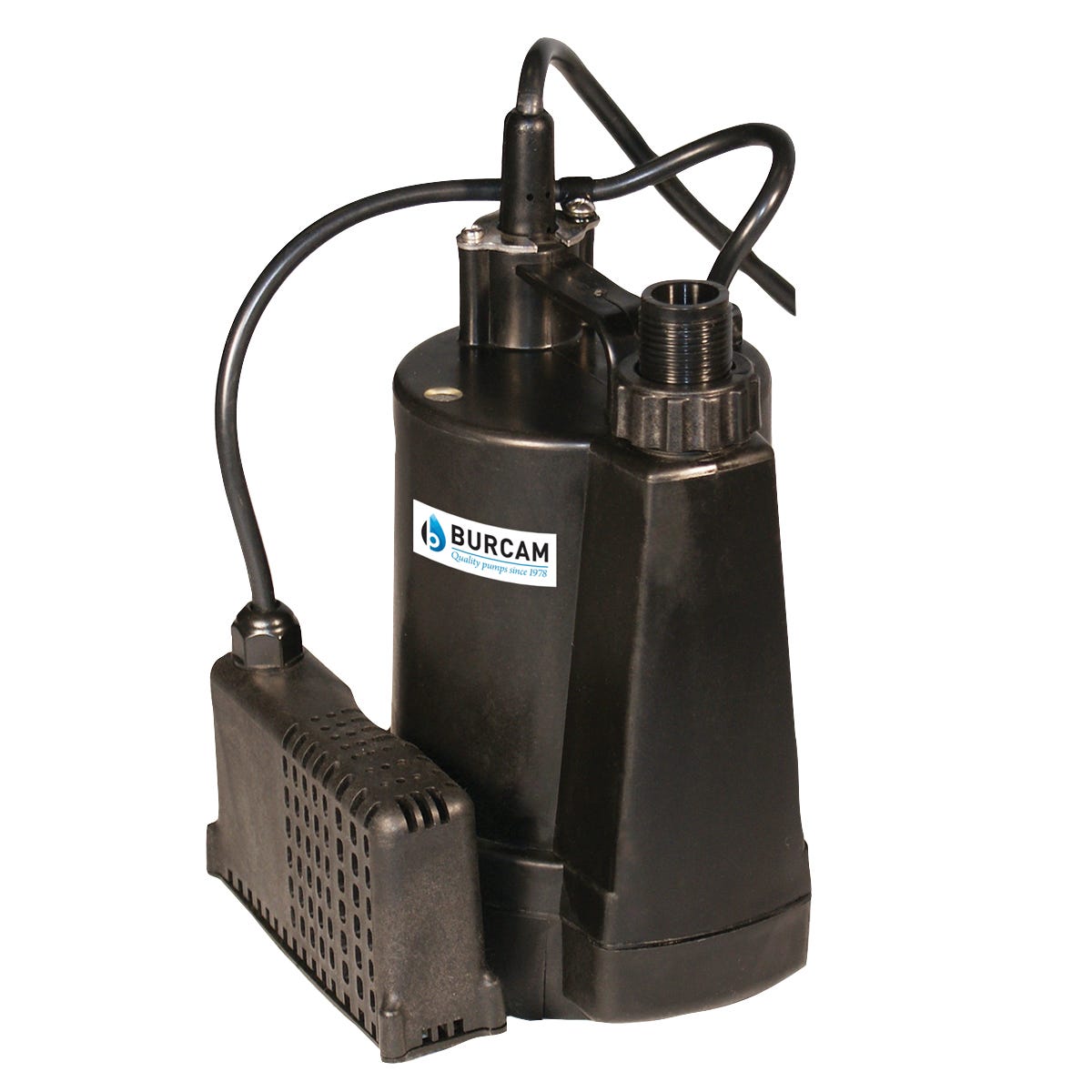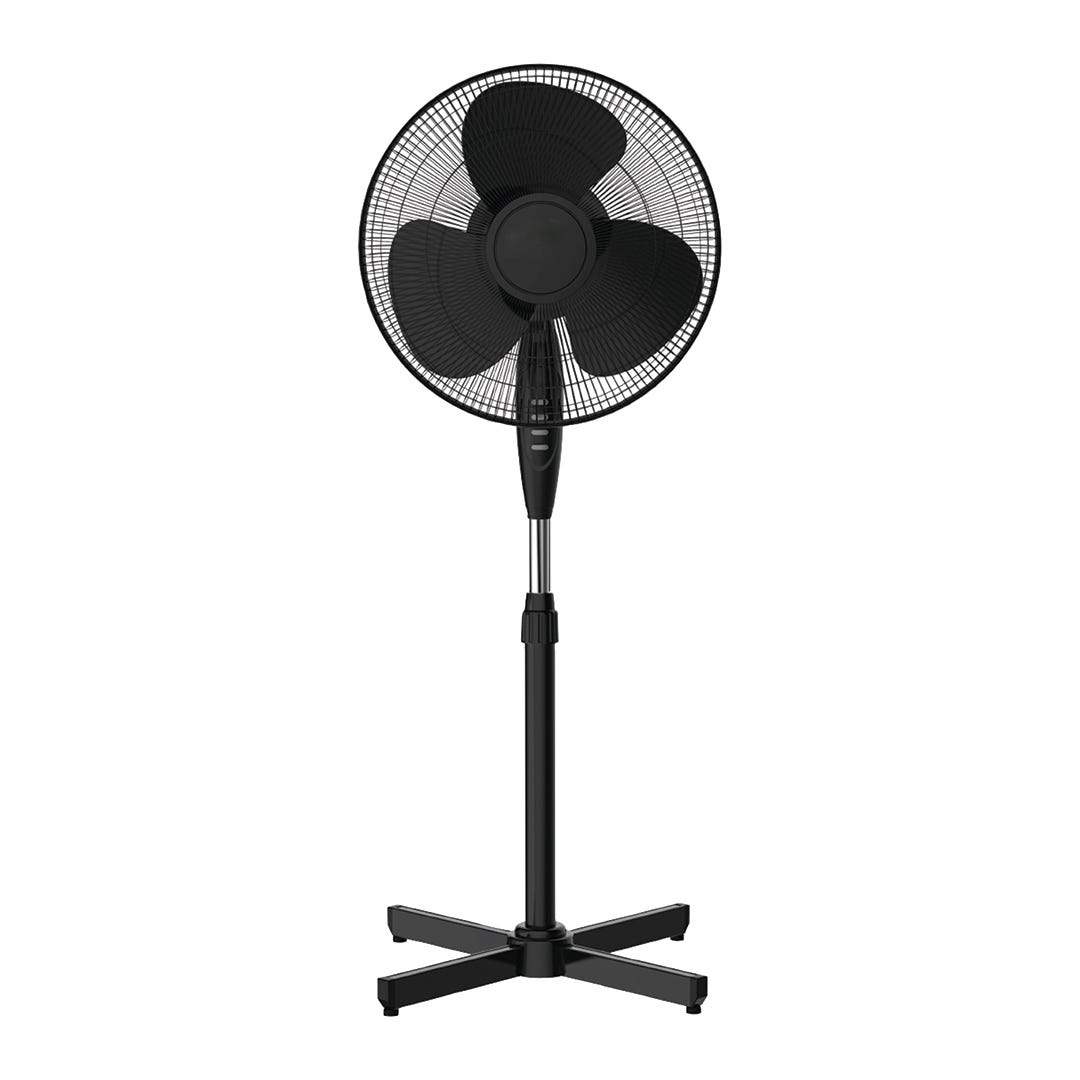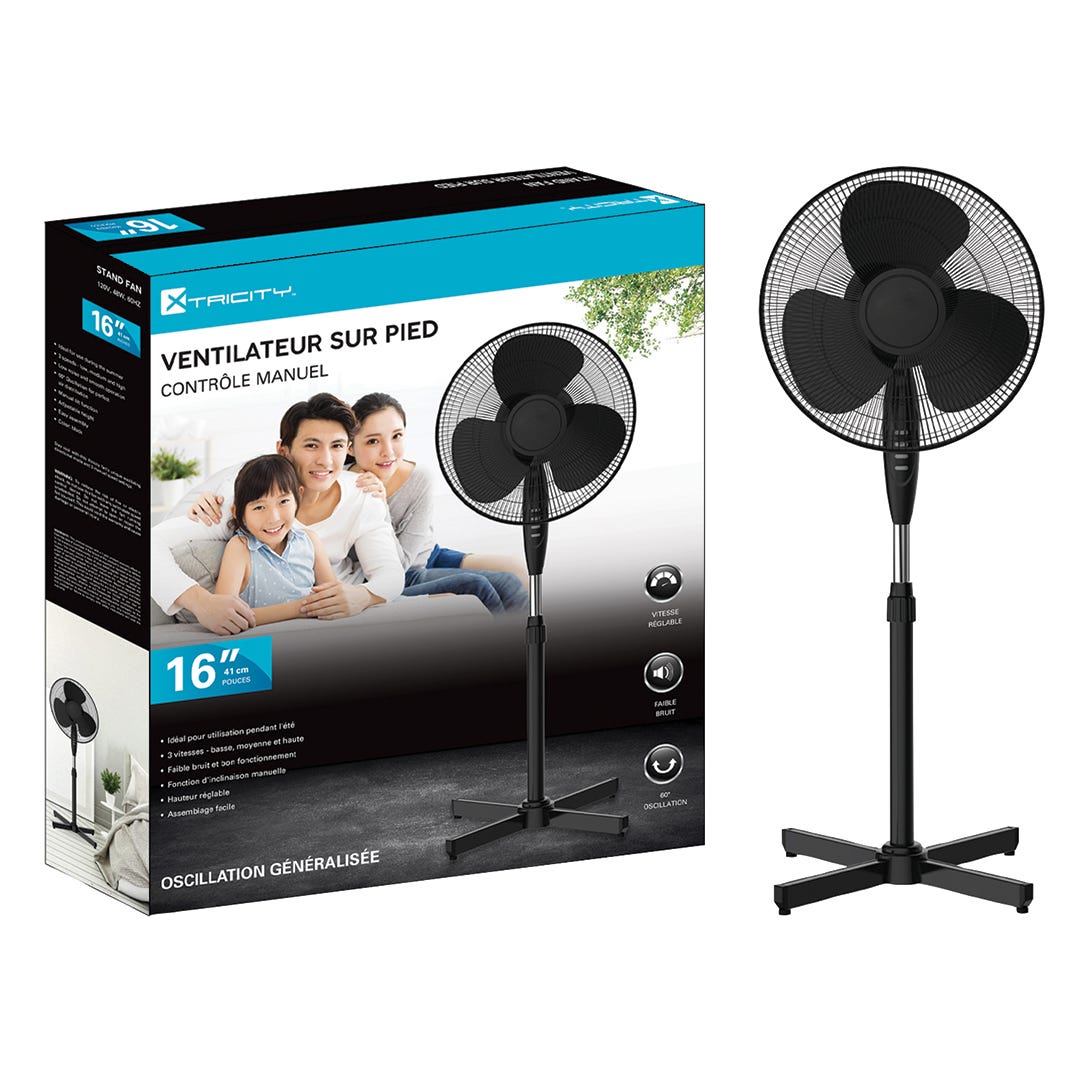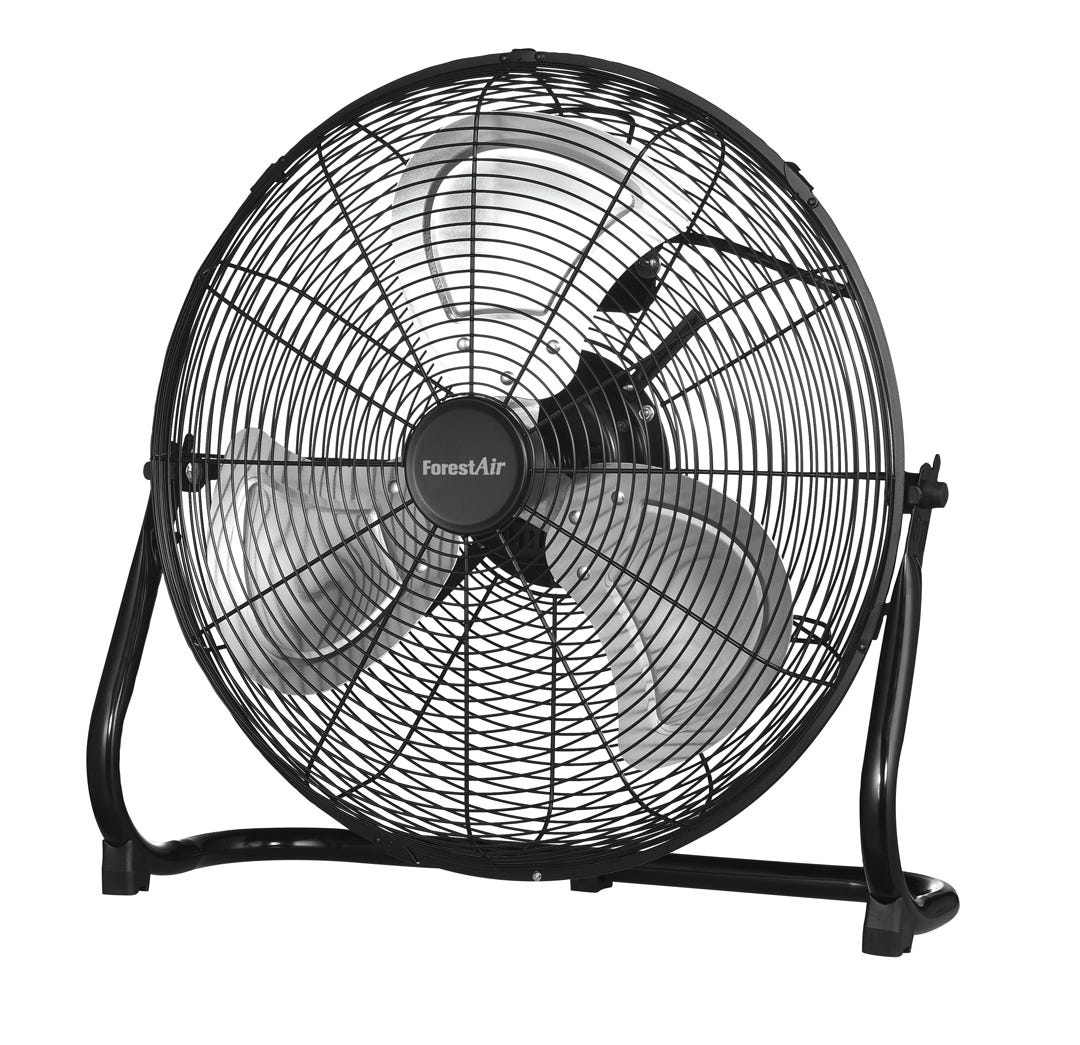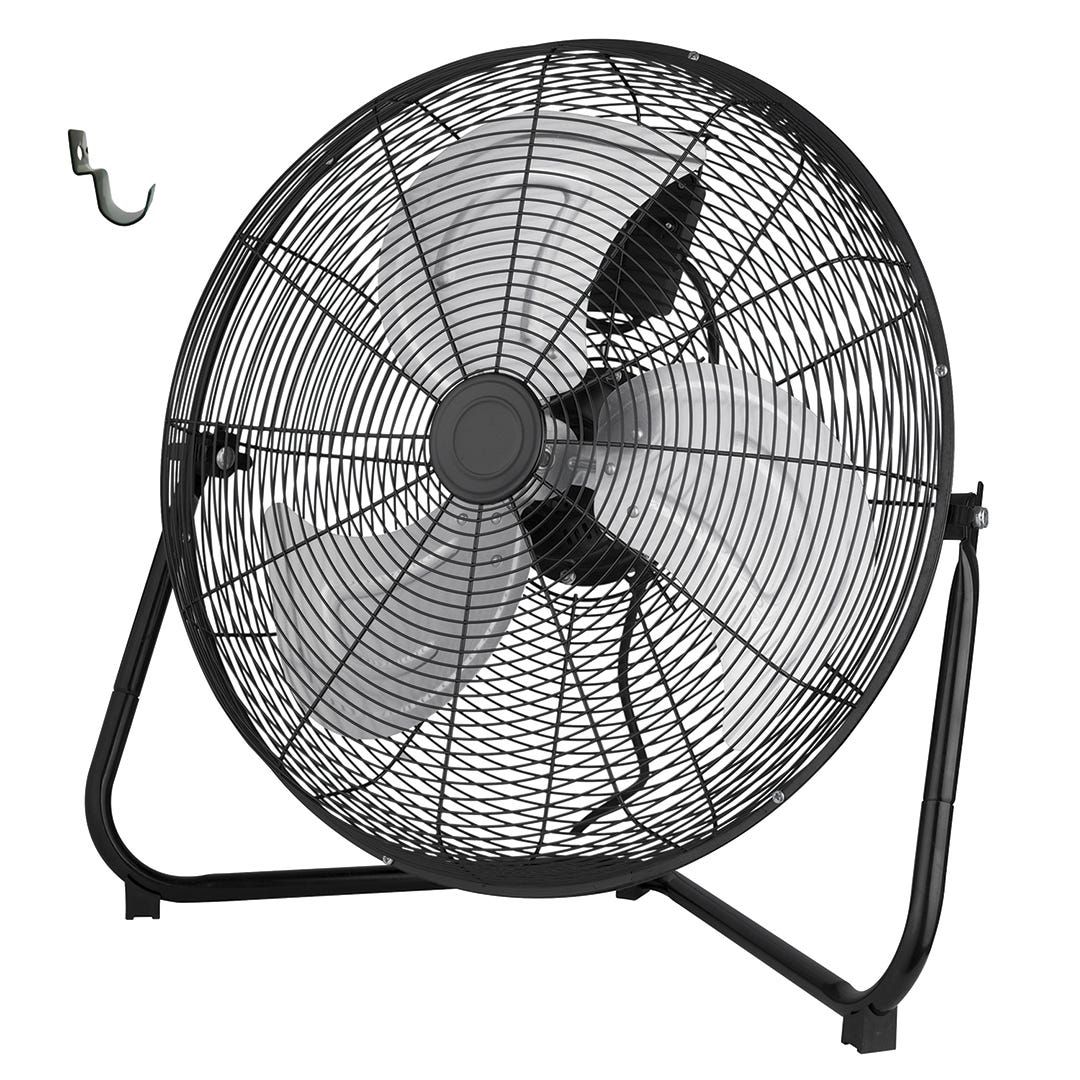


What to Do Before, During, and After a Flood
Floods can occur at any time and anywhere. Protect yourself and your family by monitoring local weather conditions and alerts to be aware of the risks. Avoid flooded areas to keep your life out of danger, and exercise caution during the cleanup after a flood by wearing appropriate protective clothing.
If you need advice, feel free to visit our in-store advisors! We are ready to assist you with your repairs!
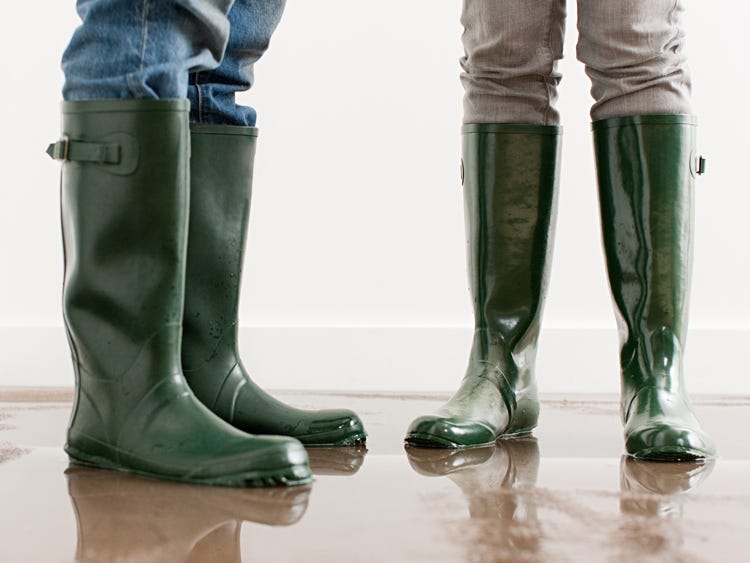
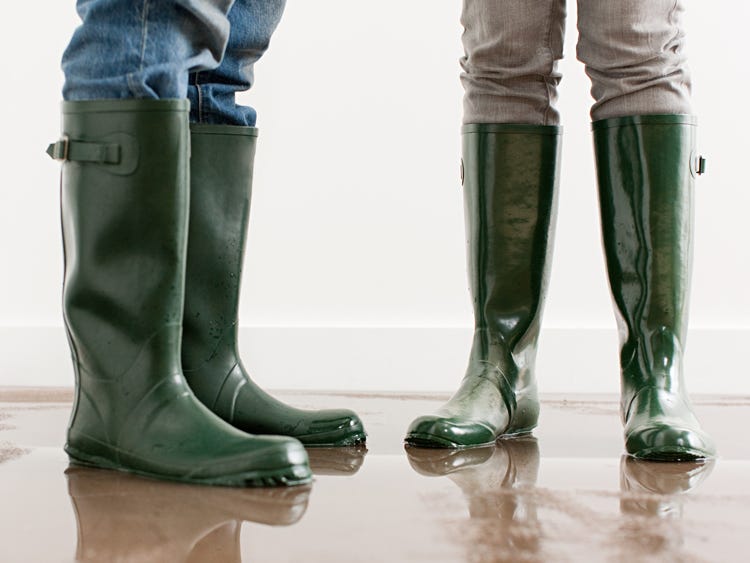
Protecting Your Home and Belongings
Investing time and effort in prevention can significantly reduce hassles in the event of a flood. To limit water entry into your house, seal ground-level doors and windows as these points are particularly vulnerable to infiltration. Use sealants and caulking to ensure good watertightness. Regularly inspect the exterior of your house to spot and repair holes, cracks, or various siding issues. Another crucial aspect is the drainage system: make sure gutters and downspouts are clear and in good condition to keep water away from the foundation. Finally, check the operation of your sump pump and consider a battery backup system.
For more comprehensive protection, store items located in the basement at a height and keep chemicals out of reach of children. Block basement sewer lines, and secure bulky items outside. In case of a flood risk, cut off electricity and gas, and shut the valves on propane and oil tanks. Follow municipal recommendations, such as installing sandbags and polyethylene membranes in front of entrances, and protect windows with wood panels in storm surge warning areas. Contact your municipality to obtain sandbags and corresponding instructions.
Cleaning Up After a Flood
Develop a step-by-step action plan to remove water, mud, and debris, dispose of contaminated household items that are difficult to clean and disinfect, and clean and disinfect recoverable items. Dry your home and recoverable items as soon as possible, and be prepared to make tough decisions about what to keep and discard, especially items contaminated by sewage or that have been damp for a long time, in accordance with local regulations.
Gather the necessary supplies and equipment, such as gloves, N95 respirators, protective gear, buckets, mops, sponges, plastic trash bags, unscented detergent, large containers for wet clothing and bedding, and ropes for drying them. You may need to rent extension cords, submersible pumps, shop vacuums, dehumidifiers, or heaters. Store valuable papers that have been damaged in a working freezer until you have time to deal with them.
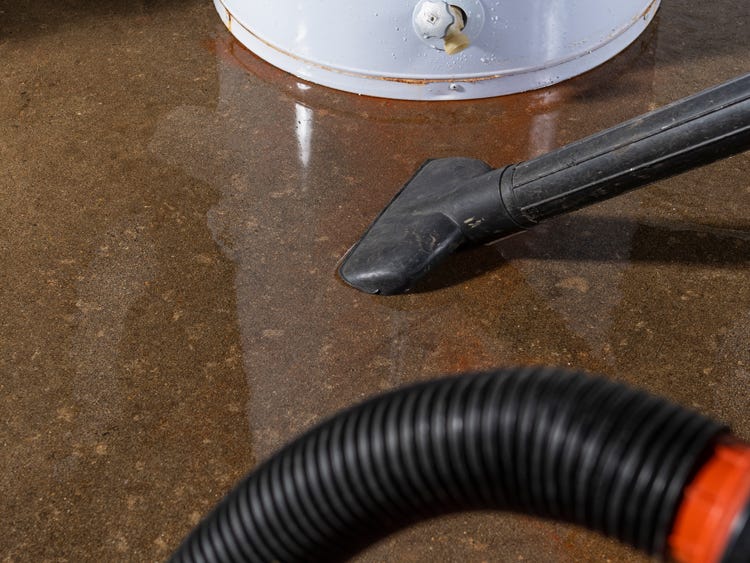
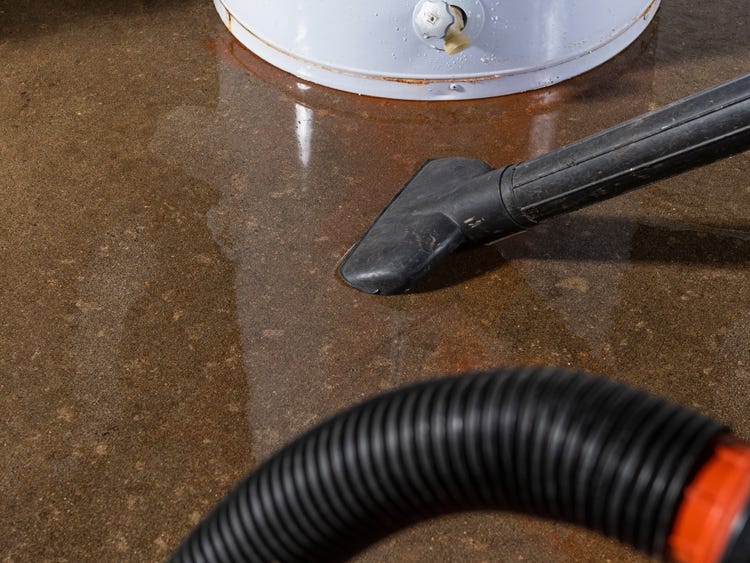

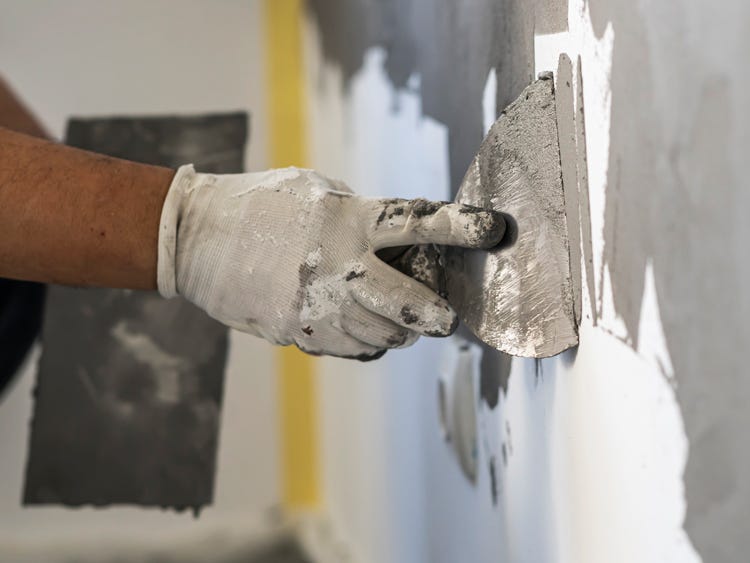
After the Water, the Work
Before starting reconstruction after a flood, check ambient and material moisture levels to ensure adequate conditions. Have electrical connections inspected by a master electrician and verify the proper functioning of backflow prevention valves, which may have been displaced by pressure. Clean the ventilation ducts to prevent spreading dust that contains mold spores before using them.
In the months following the flood and cleanup, stay vigilant for signs of water stains, mold, musty odors, and floor warping. Clean and disinfect any mold immediately and repair any water leaks. After the restoration work, once the new drywall is installed, you can repaint the affected area. Take this opportunity to improve the appearance of your home by choosing suitable interior paint.
